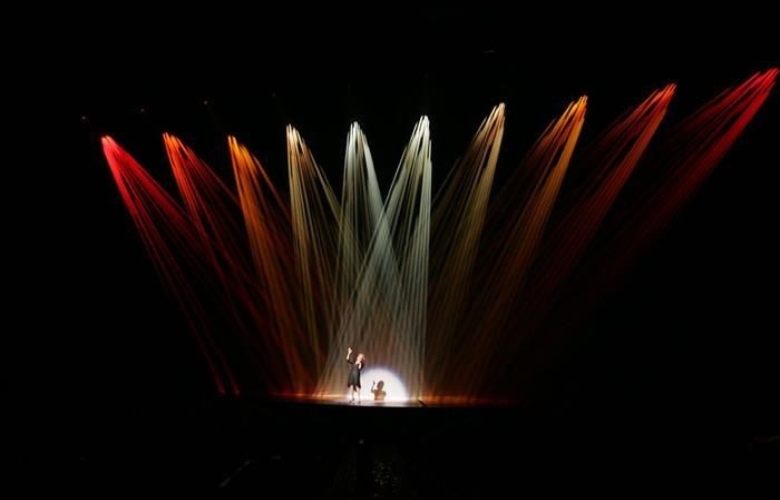
In this week’s edition, I’m discussing show stops and emergency situations. Sometimes things don’t go according to plan and the show cannot go on due to an artist injury, a technical issue, or unforeseen circumstance that could be out of your control. We can prepare for these situations and make plans for how our team can be a conduit for information.
Although we’ve heard the saying “the show must go on,” there will be times when you must stop a show for a variety of reasons. The most common reason is for a technical malfunction and human error, but emergency situations can occur, perhaps with a performer onstage or with an audience member, and in rare cases, other factors that are completely out of our control such as weather. These are some steps you can take to ensure that stopping a show goes smoothly and safely.
Risk Assessment is one of the most effective ways we can prevent issues while in a performance and to respond to emergencies. Before they occur, we can first assess what types of risk (small and big) there are, how severe the risks are, and the appropriate responses for each level of severity.
Emergency scenarios are likely to occur when you are dealing with high-risk events such as acrobatics and highly technical aspects of a show such as automated scenery and flying performers. As a result, there might be times when we must stop the show due to a technical issue, an injury, or something outside of your control.
Prevent more injury when an emergency occurs. While we want to care for whoever might be injured, it’s important to ensure that no one else becomes injured as a result of chaos that can occur.
When we have a plan for how to respond to show stop situations, we can be more prepared and ready to respond quickly. It’s important to keep safety as the top priority. Next week, I’ll be discussing more on how to stop the show with some standard practices that can be implemented to create an environment that everyone feels safe.
Also by Bryan Runion:
What does it mean to be an “Ethical” Stage Manager?
Inviting Feedback, Encouraging Diversity and Challenging Tradition


Bryan Runion is a professional Production Stage Manager whose credits include: Drawn to Life (Cirque du Soleil and Disney), Netflix’s Stranger Things: The Experience, Duel Reality (7 Fingers), La Perle (Dragone), The Voice of Tolerance (The Ministry of Education, UAE); Mastercard Experiences (Mastercard); Everybody Black (World Premiere), Queens (La Jolla Playhouse), Ken Ludwig’s The Gods of Comedy (The Old Globe), TEDx (Chula Vista), Mark Morris Dance Company, Joey Alexander Trio, Ukulele Orchestra of Great Britain (La Jolla Music Society), The Bridges of Madison County (Arkansas Rep). Bryan earn his M.F.A. at The University of California, San Diego and his B.A. at The University of Arkansas at Little Rock. He is a proud member of Actors’ Equity Association and The Stage Managers’ Association.
Read Full Profile© 2021 TheatreArtLife. All rights reserved.

Thank you so much for reading, but you have now reached your free article limit for this month.
Our contributors are currently writing more articles for you to enjoy.
To keep reading, all you have to do is become a subscriber and then you can read unlimited articles anytime.
Your investment will help us continue to ignite connections across the globe in live entertainment and build this community for industry professionals.